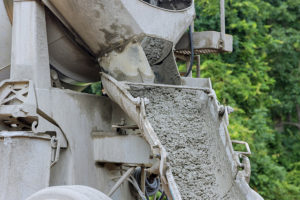$1.7M collaborative study to explore concrete’s carbon capture ability

An engineering research team from University of Toronto (UofT) and the Canada Green Building Council (CAGBC) will explore how concrete can be used to capture large amounts of CO2, as part of a $1.7 million federally funded study.
The study is titled “Burying Carbon in Buildings: Advancing Carbon Capture and Utilization in Cementitious Building Materials.” It will be led by Daman Panesar, a professor in UofT’s civil and mineral engineering department, in the faculty of applied science and engineering.
While there has been rudimentary work on some carbon capture approaches, only few have had large-scale implementation. Panesar’s team will dive into the challenges related to scaling up these strategies and examine how new technology can transform built infrastructure into a carbon sink.
The study will branch away from naturally occurring carbonation of concrete, to see how accelerated or enforced carbonation can be utilized at different life stages of infrastructure. It will explore and assess carbonation processes such as CO2 injection, elevated CO2 exposure, mineral carbonation using recycled or waste CO2, industry byproducts used to replace cement and subsequent CO2 curing, as well as the potential for synthetic treated aggregates.
There will also be a push to create standardized measures for accounting for the carbon uptake of buildings. Further, the study will focus on analyzing and minimizing the impact of carbon capture to strength and durability of structures made from carbonized concrete.
Learnings from the research can be extended to practices within the industry and help shape new policies and regulations.
“As the national organization representing members and stakeholders across the green building spectrum, CAGBC can access industry expertise to help advance research and mobilize the sector to implement market solutions,” says Thomas Mueller, president and CEO of CAGBC.
“We are proud to partner with the University of Toronto on a project that has the potential to significantly reduce embodied carbon emissions from the cement industry. The results will contribute to the collective effort to decarbonize construction.”


